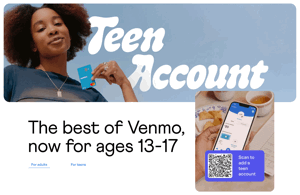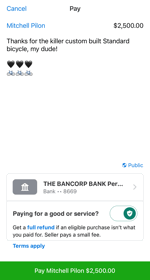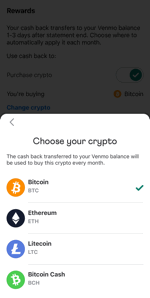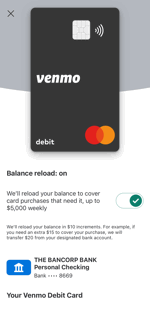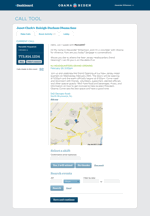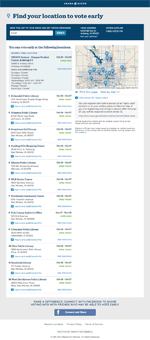
The 2012 Obama Re-election campaign was a firm believer in that the more voters who turn-out to vote the more likely Democrats are to win the election. With that, the campaign put a huge effort into cataloging voting locations and making sure voters had the tools they needed to find these locations.
As the lead engineer of voter contact I architected and built the data layers, integration tools, and APIs to allow client applications to get at the data. I worked very closely with our data team, the DNC, voting location experts, and our front-end team.
Despite the incredible challenges that came with the constantly evolving, incomplete/disorganized data and different laws/rules in each state, we built a comprehensive, nation-wide election day lookup tool. In addition to that, we built the first ever nation-wide "early vote" lookup tools.
Not only was this data available via online lookup tools, it also integrated with DNC applications and allowed our phone canvassing applications to automatically display relevant voting locations for the canvassed voter.

